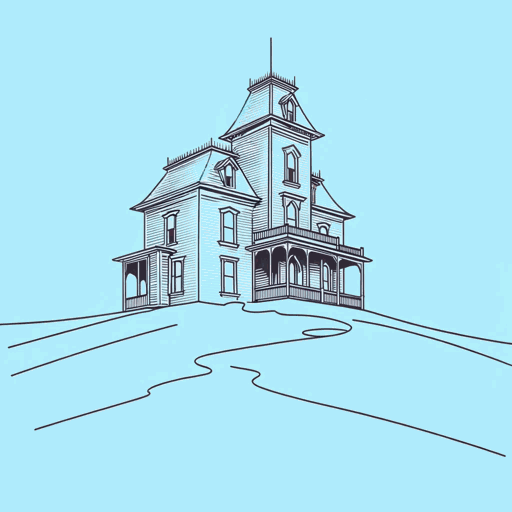61 pages • 2 hours read
Stephen King'Salem's Lot
Fiction | Novel | Adult | Published in 1975A modern alternative to SparkNotes and CliffsNotes, SuperSummary offers high-quality Study Guides with detailed chapter summaries and analysis of major themes, characters, and more.
Background
Genre Context: Gothic Horror
’Salem’s Lot is an example of Gothic horror in the vein of Edgar Allan Poe, Nathaniel Hawthorne, Mary Shelley, and Bram Stoker, the author of Dracula. It contains most of the elements of the traditional Gothic: a gloomy castle or haunted house, a sense of enclosure and entrapment, a desolate or haunted landscape, a damsel in distress, a ghost or monster, a hero with a dark secret, and a confrontation with evil in supernatural form.
The European Gothic is the literary reflection of Gothic architecture that appeared in the medieval era. It is often associated with dark, spooky buildings, such as castles and cathedrals full of secret passages and hidden chambers. American writers adopting the genre suffered a dearth of ancient castles and abbeys, so substituted wilderness to create a sense of isolation and menace. In his languorous and dreamy description of the town of ’salem’s Lot, King creates loneliness and isolation that turns a pretty little town into a sinister place. The reader has the impression the town is set apart from the real world, an effect that King reinforces when Ben reflects that the name of the town ought to be “Time” to reflect this air of being lost in the past while time passes it by.
Related Titles
By Stephen King

11.22.63
Stephen King
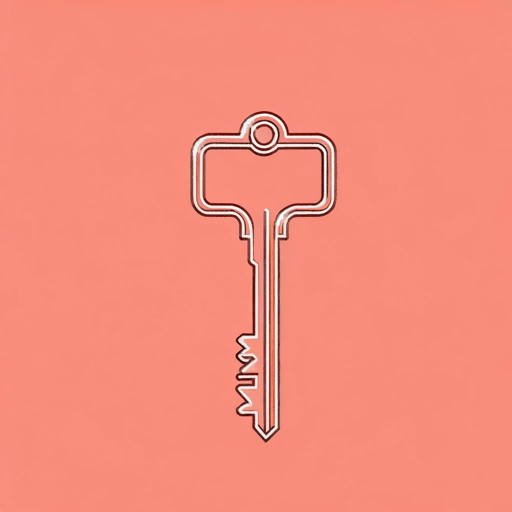
1408
Stephen King

Bag of Bones
Stephen King

Billy Summers
Stephen King

Carrie
Stephen King

Children of the Corn
Stephen King

Cujo
Stephen King
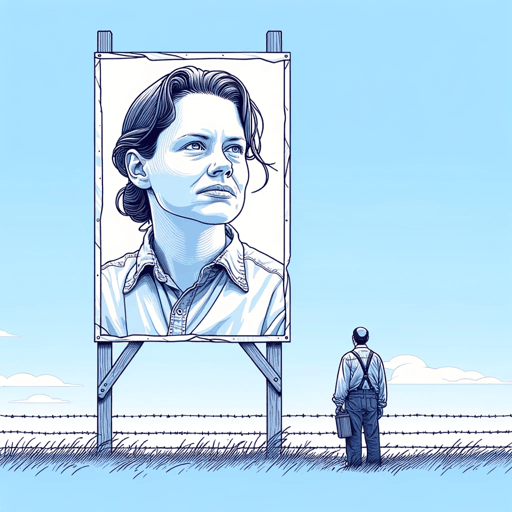
Different Seasons
Stephen King
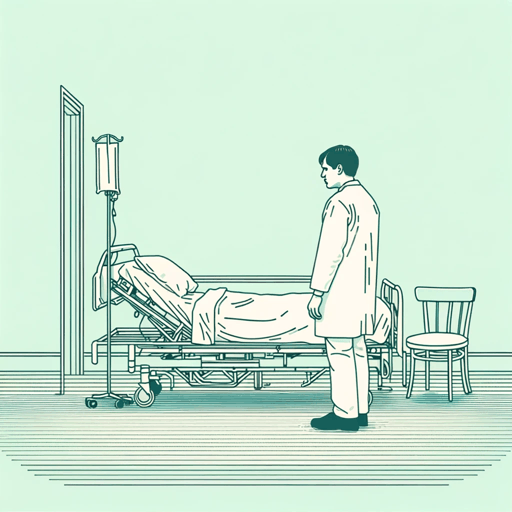
Doctor Sleep
Stephen King
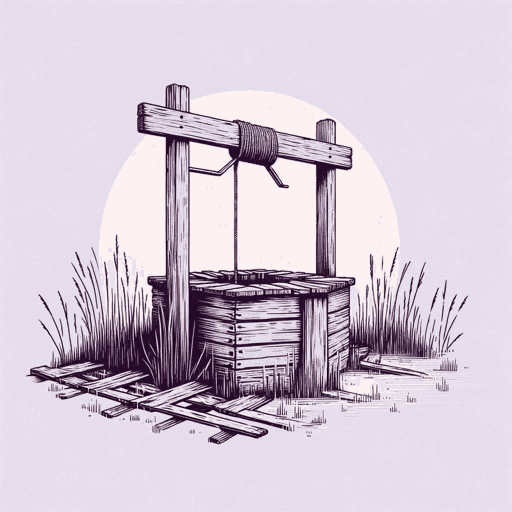
Dolores Claiborne
Stephen King

Duma Key
Stephen King

Elevation: A Novel
Stephen King

End of Watch
Stephen King
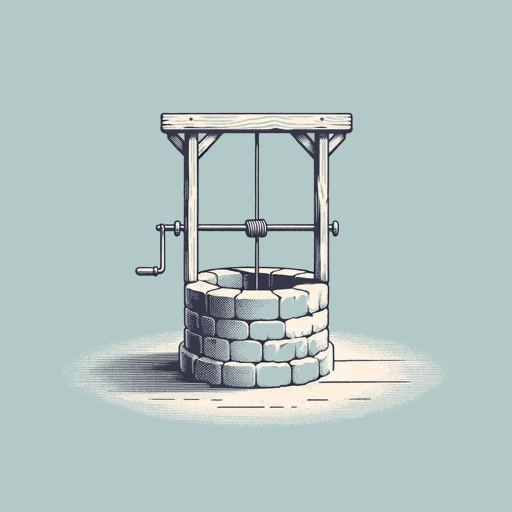
Fairy Tale
Stephen King

Finders Keepers
Stephen King

Firestarter
Stephen King

From a Buick 8
Stephen King

Full Dark, No Stars
Stephen King

Gerald's Game
Stephen King

Gwendy's Button Box
Stephen King, Richard Chizmar
